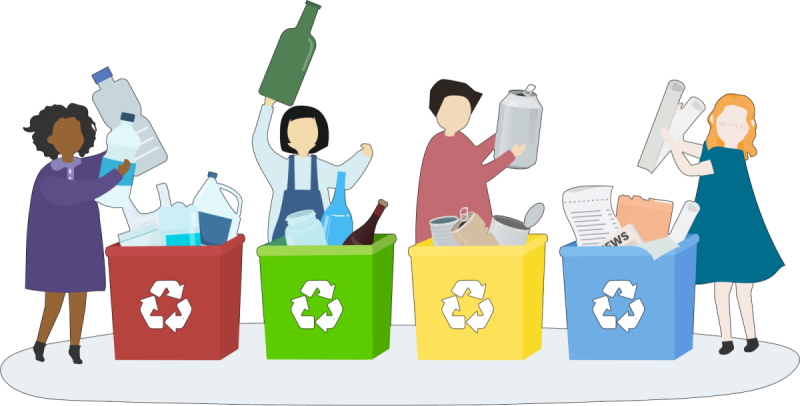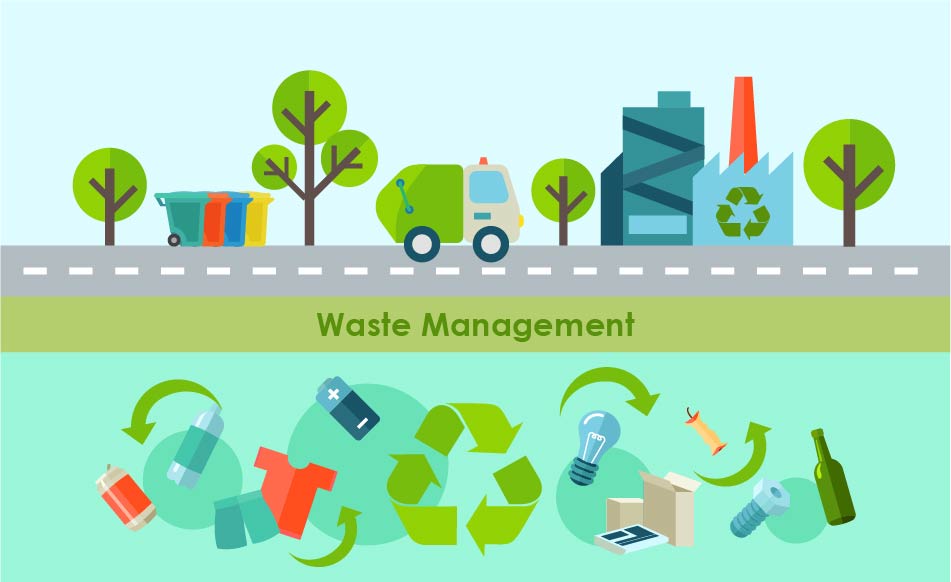Reduced Capacity
The situation was precarious, with projections showing that landfill space would be depleted quickly as waste volumes increased at a breakneck pace. Waste-to-energy coal combustion plants were recommended in our case, according to research. Reducing waste volume by 90% in as little as six months in facilities with only a few hundred square feet was the obvious answer to our resource shortage. In 1979, the first incineration facility was put into operation. Since then, three more large plants have been built to handle the ever-increasing waste loads: in 1986, 1992, and 2000.
In order to reduce the amount of acidic gasses, dust, and other pollutants in the flue gas before it can be expelled through the chimneys, these four cutting-edge waste-to-energy incinerators are equipped with state-of-the-art treatment systems. Clean air emissions requirements in Singapore require constant monitoring of the flue gas. Scrap iron and energy are used to generate electricity. Hardly 10% of its initial mass remains after incineration, and it is then disposed of in landfills.
Recycling Of Waste
While incineration provided us with a cost-effective but inconvenient way to solve our waste problem, our waste on the island was predicted to run out by 1999. The only option left was to enclose an area of ocean eight kilometers south of our main island and spend a significant sum to construct an offshore landfill to house our last remaining waste.
Second, the general alternative was to promote recycling rate in the industrial and commercial sectors as well as in households, in order to reduce waste discarded at incinerators and landfills. A three-pronged approach involving industry, community, and educational institutions was used to accomplish this.
Participation In The Industry
As a result, recycling in the commercial and residential sectors contribute significantly straight to the bottom row by avoiding waste disposal facility fees. Waste recycling is promoted by the NEA through public talks, business awareness programmes, and the dissemination of recycling data and information. It also collaborated with JTC Corporation, the largest creator of industrial land & ready-built factories, to set up recycling programs in all of its 21 small apartment and nine landscaped industrial estates, respectively.

The Sarimbun Material Recovery Park (SRP) is controlled by NEA and sits on a closed landfill. Waste generation recycling as well as composting of agricultural waste have both benefited from the SRP’s use thus far.
Waste reduction is one of the areas targeted by the IES Fund in this regard. There are several examples of these projects, such as making precast concrete stormwater runoff utilizing recycled aggregates; making packaging from horticultural waste and processing ladle furnace slag, which is a byproduct from the steelmaking process, into highway construction materials.
Recycling and processing tons of garbage, food waste, wood residues, horticultural waste, used steel slag, construction as well as demolition debris and ferrous and plastic waste are some of the types of waste that can be recycled.
Over the years, much of the non-incinerable waste sent to the landfill has been diverted for repurposing into useful materials like aggregates, which can be reused in construction projects.


